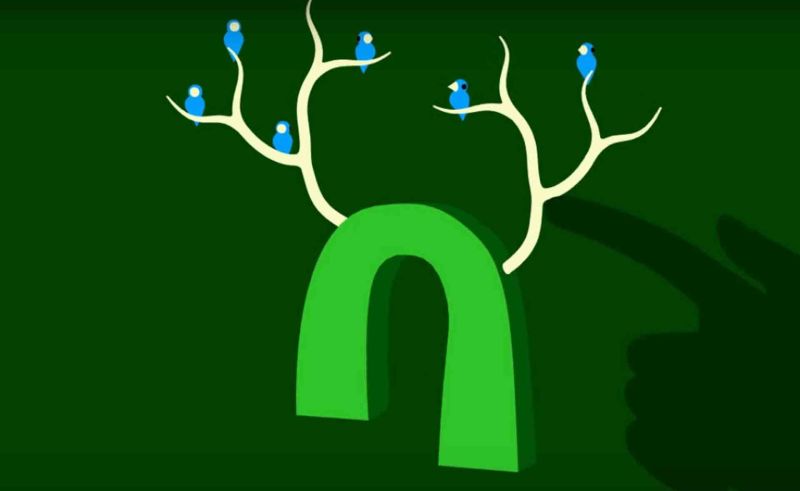Metamorphabet
Patrick Smith, the designer behind "Metamorphabet," is like the games equivalent of a toymaker. He’s been creating delightful digital mini-sandboxes for years, each enlivened by his uniquely comic point of view and a pervasive sense of surprise and magic. With "Metamorphabet," like a lot of Smith’s work, you poke, prod, tap, yank and swipe, but this time it’s to excavate the letters of the alphabet. Learners are compelled along, uncovering the little morsels of delightful animation, metaphor and character Smith has placed along the trail.
Extrasolar
Money and time are the two most common barriers to using games in the classroom. "Extrasolar" solves both while also striking pedagogical gold: authentic, self-motivated learning. It’s a free alternate reality game (ARG) that mimics the day-to-day life of a rover driver exploring an alien planet for a mysterious space agency. Rather than placing players in some fantastical world, they interact with what looks like a typical desktop interface, giving their rover commands, and waiting to receive photographs and data from the alien world as well as messages from their employer. Each bit of play requires only a few minutes of activity. The wait builds tension, and when matched with the relatively mundane interface and tasks, it doesn’t feel like a game -- which is kind of the point. Best of all: It’s all based in real science and, like with any good ARG, has a healthy dose of mystery to give players a reason to return.
Twine
Twine isn’t a game, so I’m cheating a little bit. It is, however, a wonderful tool for making games and telling stories that has been instrumental in giving hundreds of indie game designers a means to express themselves. While at first glance it’s not the most inviting design, and you might find it intimidating: Stick with it. Twine strikes a wonderful balance between ease of use and creative possibility. At the most basic level, designers string together bits of text and build in choices for how a player might move through the bits of text. More adept designers can play with advanced styling and interactions that add flavor and depth. What results are choose-your-own-adventure stories that foster reading and writing skills and make both players and designers think in new ways. Even better, Twine will expand how many players think about and define games. Looking for a place to start? Check out Dan Waber's "a kiss," a deep dive into the minutiae and poeticism of a moment in time.
Tanner Higgin is senior manager, education content at Common Sense Education, a nonprofit organization and creator of Graphite ™, a free service that helps educators find the best ed-tech tools, learn best practices for teaching with ed-tech and connect with expert educators. This post is part of a series featuring highly rated games on Graphite. Go to Graphite to read the full reviews of games and find out how teachers use them for learning in class.


